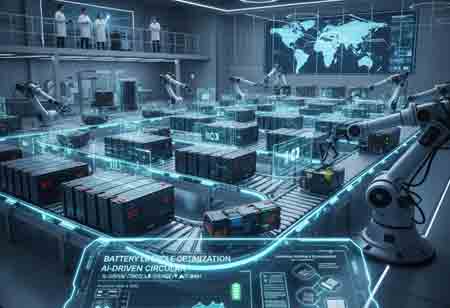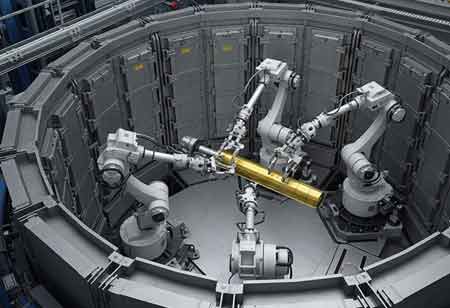Using Food Waste to Power Homes

I agree We use cookies on this website to enhance your user experience. By clicking any link on this page you are giving your consent for us to set cookies. More info
Be first to read the latest tech news, Industry Leader's Insights, and CIO interviews of medium and large enterprises exclusively from Energy Tech Review

By
Energy Tech Review | Tuesday, March 28, 2023
Stay ahead of the industry with exclusive feature stories on the top companies, expert insights and the latest news delivered straight to your inbox. Subscribe today.
In a report by the Environmental Protection Agency (EPA), organic waste in landfills contributes 15.1 percent to U.S. methane emissions. Methane emissions from municipal solid waste landfills (MSW) are the third largest source in the United States, followed by enteric fermentation (28 percent) and natural gas and petroleum extraction (28 percent).
Fremont, CA: One-third of the world's food is wasted or lost, according to the U.N. Food and Agriculture Organization. Every year, over $680 billion is wasted due to food waste in industrialized nations. Food waste is also inefficiently composted and digested.
It is also possible to produce electricity and heat from biogas, which is the energy captured by the anaerobic digestion of organic waste. Nationally determined contributions (NDCs) have been submitted by many countries since the Paris Agreement in 2015 to reduce greenhouse gas emissions and reach carbon neutrality.
Can Food Waste Energy Power Anything?
Using food waste to generate electricity is just one of the powerful ways to generate power, according to to Save on Energy, an online marketplace that simplifies shopping for electricity and gas. However, despite its efficiency, this technology is not widely adopted.
Turning Food Waste into Energy
Food waste can be transformed into a viable, economical energy source through research that has been ongoing for years. Using a new method developed by researchers at Cornell University, food waste products can be largely captured for energy, leaving little behind for landfills. Using "pressure cooking" technology, the researchers created a crude liquid from waste that could be converted into a biofuel. In the process of burning methane to create electricity and heat, the residue is broken down into methane. A clean energy future may be possible with waste, according to scientists.


However, if you would like to share the information in this article, you may use the link below:
https://www.energytechreviewapac.com/news/using-food-waste-to-power-homes-nwid-1120.html




